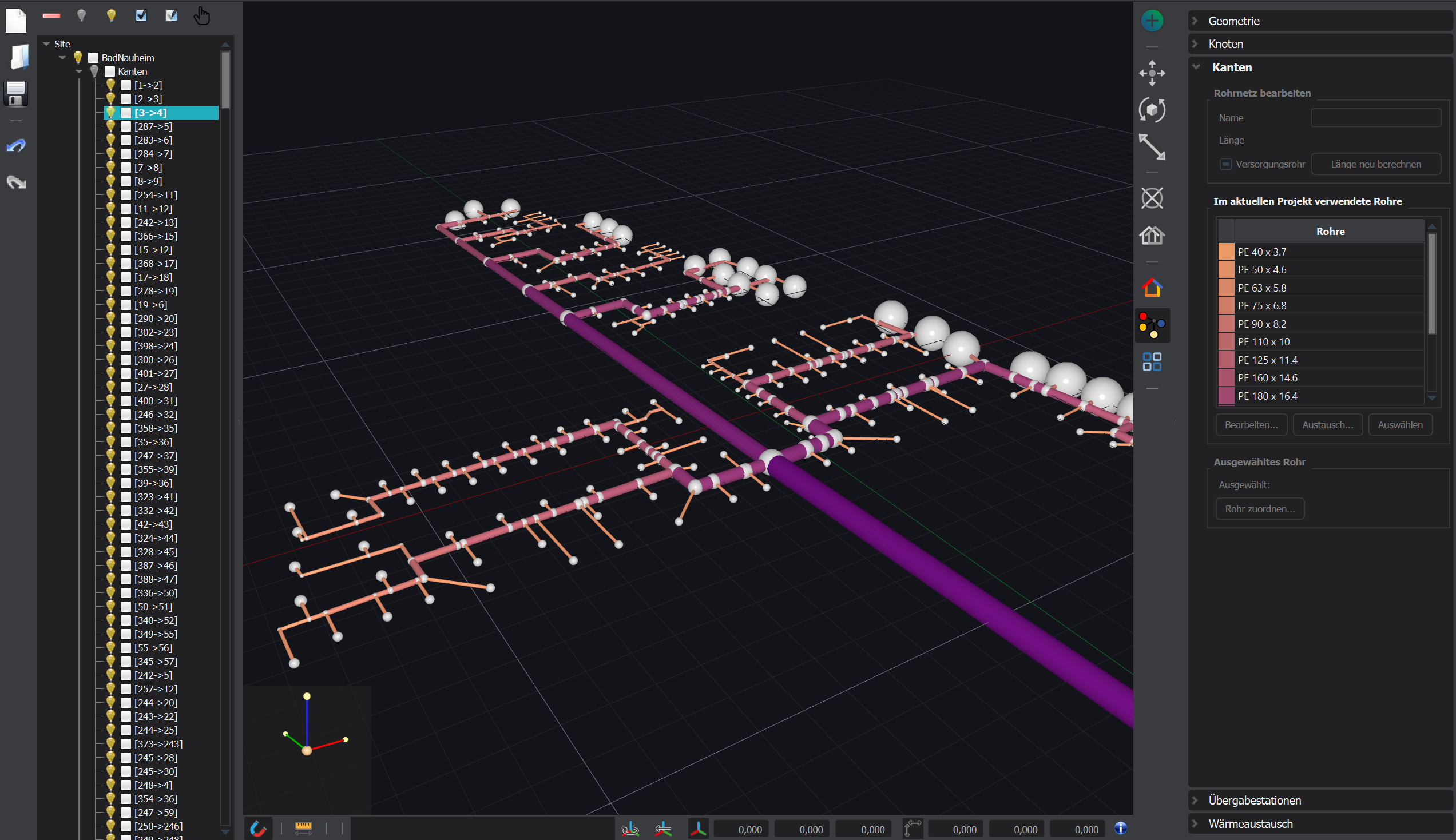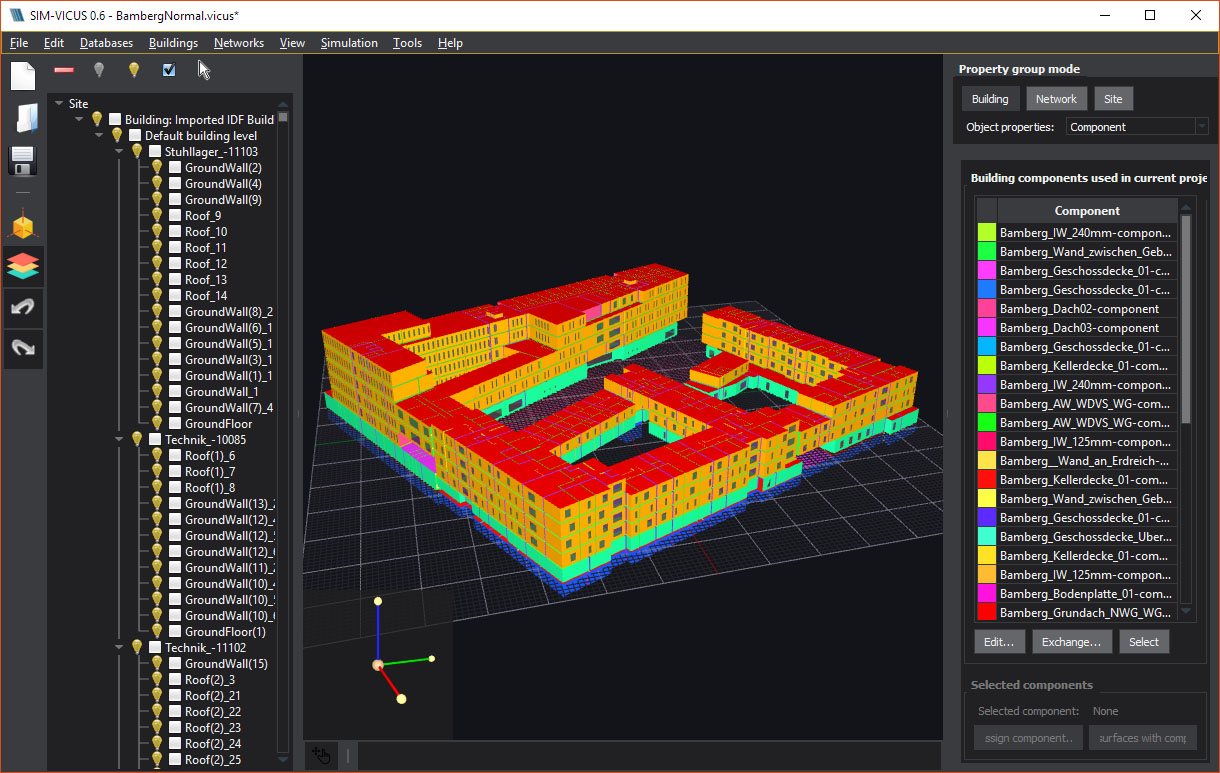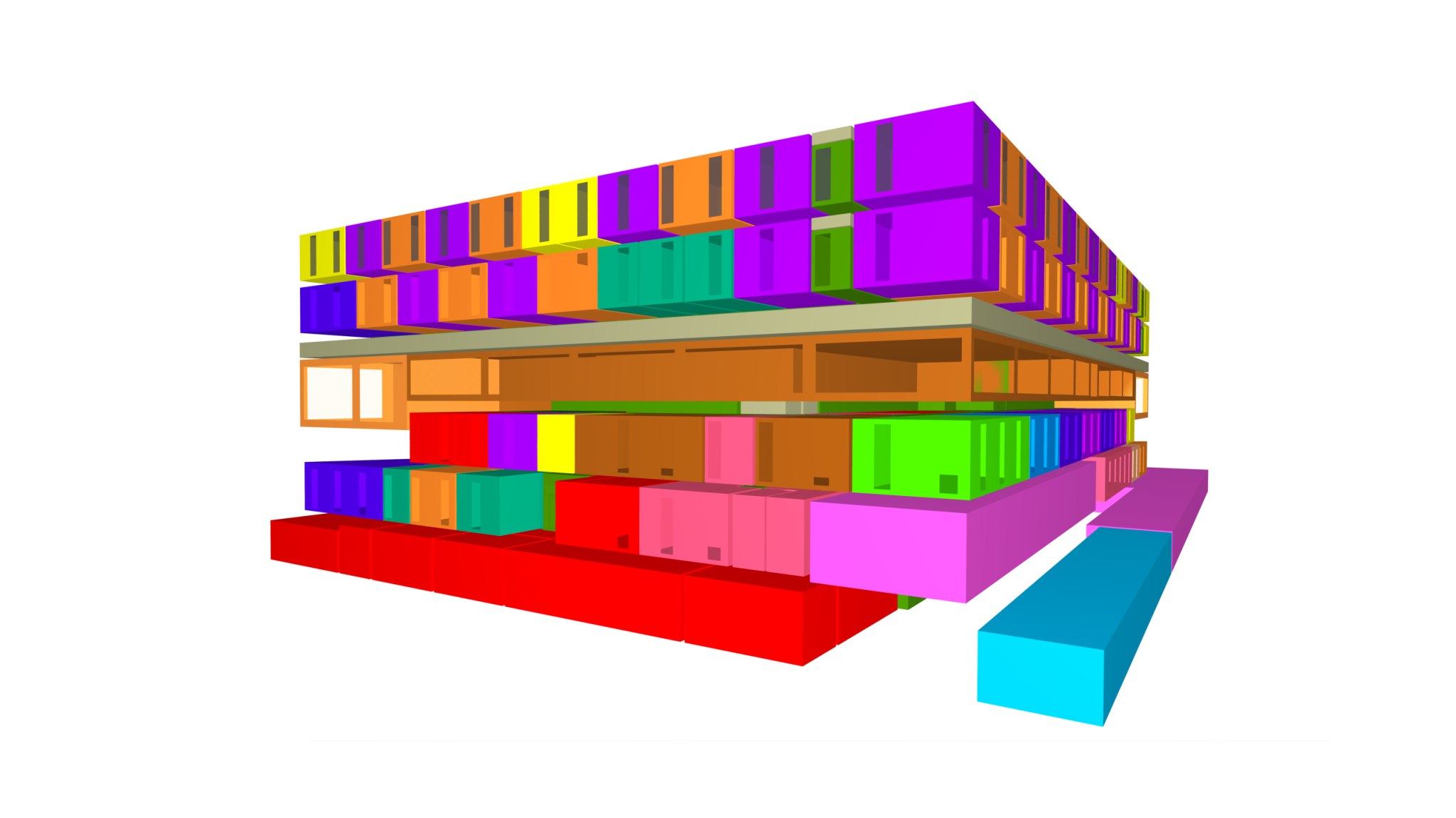
Melden Sie sich bei unserem Newsletter an und erfahren Sie als erstes von Neuerungen rund um SIM-VICUS!

Melden Sie sich bei unserem Newsletter an und erfahren Sie als erstes von Neuerungen rund um SIM-VICUS!
SIM-VICUS is a powerful tool that helps architects & engineers to improve buildings & districts with the power of digital twins.

SIM-VICUS is a modern building and network simulation software for the dynamic evaluation of the energy efficiency of buildings and districts. It has been specially developed to efficiently calculate particularly complex and large buildings and networks and to manage the necessary data volumes. The SIM-VICUS solver is specifically optimized for such building & neighborhood simulation models and is state of the art with respect to the numerical methods used.
The SIM-VICUS user interface was developed with resource-efficient C++ code and runs smoothly even on 10 year old notebooks/Macs.

In SIM-VICUS, all parameterization is done with 3D building & network data. This means on the one hand that the entire building & network is graphically modeled and created based on 3D surfaces and on the other hand that parameters are directly assigned to the object (e.g. floor heating) and these are also graphically visualized by false colors.

With SIM-VICUS all parameters can be displayed and checked dynamically via the 3D surface. In this way, the user maintains an overview of the project and can ensure the correctness of the data entered. This takes data integrity quality management to a new level.

SIM-VICUS is currently capable of importing IDF and IFC files and developing simulatable models from architectural models at lightning speed. In addition, rooms, roofs and complex shapes can be created using extensive parameterization dialogs.
In this way, three-dimensional simulation models can be created in a very short time and are ready for further use.

SIM-VICUS supports thermohydraulic pipe networks and the associated network components. Entire local and district heating networks can be modeled (and e.g. the necessary geometry can be imported from GIS sources). Furthermore, it is possible to link individual detailed building models with internal hydraulic networks (heating systems, etc.) directly to district networks and to solve these district and building models together.

In addition to internal plant and control models, SIM-VICUS also supports run-time coupled simulation based on the Functional Mockup Interface (FMI) Standard 2.0, allowing the simulation of detailed plant systems and components provided as FMUs by specialized programs (e.g. Modelica) to be combined with SIM-VICUS building simulation.
Interessierte können kostenlos und digital an der SIM-VICUS Schulung auf der Energiewende Bauen teilnehmen. Themen:
Am 09.02.2023 werden wir am Workshop der Hochschule Hof zum Thema Neue Simulationslösungen aus Forschung und Entwicklung teilnehmen. Dieser ist…

Am 27.01.2023 haben wir SIM-VICUS im Rahmen der Veranstaltung “Software & Tools für Fernwärmeanwendungen” des Verbands für Kraft-Wärme-Kopplung, (Fern)Wärme und…

Live Vorstellung der Features von SIM-VICUS auf der BauSIM 2022 in Weimar am 22.09.2022. Leider fehlen die ersten 10 Minuten…

8. Juni 2022 SimQuality & SIM-VICUS Workshop Workshop Wir benötigen eine neue Art zu Planen, um die Ziele der…